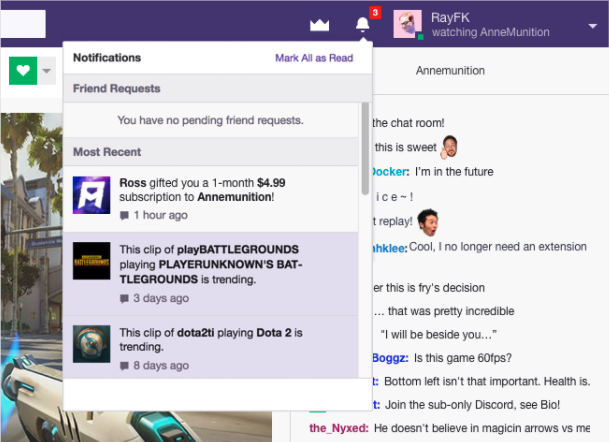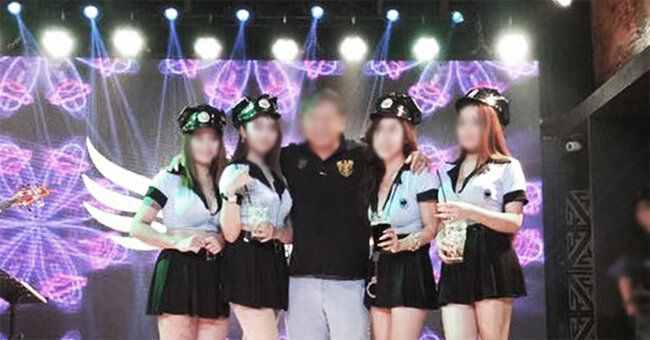Is Online Streaming Actually Digital ‘Diao Hua’?
Digital simping
BY: JOLENE TEO
(Not) An Art Hoe
Image via Zula and Research Gate, satirical photobash by Singaplex
During the pandemic we have seen people adapt quickly to make everything digital, ranging from daily tasks like grocery shopping and working to entertainment and events. This also led to the rise of many people exploring new careers and interests, such as becoming content creators and doing live streaming. Streamers usually go live on platforms such as Twitch TV that has millions of broadcasters, and stream various content with the most popular being gaming content, followed by other content like food, fashion, beauty, podcasts, and so on. In a casual conversation recently, a friend of mine asked me “is online streaming actually digital ‘diao hua’?” which prompted this article.
Live-streams usually consist of a split-screen display where viewers can see what the streamer sees on their monitor and the streamer. Users can comment, make suggestions, or ask questions to receive real-time interactions with the streamers (hence digital ‘diao hua’?). Platforms like Twitch also allow users to purchase the games/products streamers are showcasing, which allows streamers to receive sales commissions. Other ways streamers earn money include putting out exclusive paid subscription only content, and advertising various products on their streams.
Image via Twitch
For those who don’t know, ‘diao hua’ literally translates to ‘hanging flowers’ which is the act of gifting flower garlands to hostesses who sing, dance, and drink with customers at ‘siam dius’ (Thai discos and clubs). The hostesses will stand on stage and customers can choose to give them the garlands as a form of tipping, and these garlands can range from a few hundreds to tens of thousands of dollars even. So how are online streamers similar to digital ‘diao hua’?
Image via Zula
1. They make money based on their looks
Over the years, streamers (especially female streamers) have gotten an undeserved bad reputation for “making money based on their looks”. There are streamers who dress scantily, put on makeup, and even cosplay streamers, who definitely do get paying subscribers and gifts because of how they look.
Cat ear headphones seem to be a popular piece of equipment for streamers. Image via Melanie Mac.
While looking good definitely plays a role in gaining popularity much like hostesses in clubs, but this is also the case with good looking Hollywood actors and popular influencers out there, so how should online streamers be judged any differently? But this is the biggest point of contention that has made many look down on and sexualise female streamers (hot gamer girl fantasy is 100% a thing), and it might seem almost like digital ‘diao hua’.
2. They entertain the audience through singing, dancing, or gaming etc.
I guess streaming can be considered online entertainment, as viewers watch these streams to pass time and enjoy the content. There is a myriad of content ranging from singing, dancing, gaming to even just ASMR eating with them. The better the content, the more popular the streamer becomes which leads to more fans paying - so yes it is a popularity contest.
3. It’s not a “real job”
Singapore has always been harsh and practical in judging what is considered a “real job”, with tiger mums encouraging their children to study Science stream and try to become a doctor, lawyer, or civil servant for that “iron rice bowl”. For jobs like ‘diao hua’ hostesses or online streamers, the criticisms are especially harsh as they operate at a “liminal space”. They do not work in a physical office space, but rather for hostesses in shady KTVs and ‘siam dius’ and for streamers in the comforts of their own home. The intangible nature of their profession happening in the night and on a digital medium has affected the way others view them, and the thinking that it is not an actual “real job”.
On an ending note, as a (written) content creator, I hold much respect for the confidence and hard work streamers put into their streams (and ‘diao hua’ hostesses because it is really not easy). Maybe the bad reputation also comes from a much more saturated market with so many different types of streamers. Either way, I think it is important to value the works of content creators and they should definitely be paid for it and if their “simps” are willing, why not?
JOLENE TEO | (Not) An Art Hoe
Jolene Teo is a contemporary and modern art enthusiast, writer, curator, and cultural researcher. She enjoys exploring the areas inbetween art, design, critical narratives, pop culture, and the cult of collecting. She is socially awkward but will talk to you about plants, art, anime, and life. Some part of her still wishes she can become an artist one day. Send her memes @joteo_


















